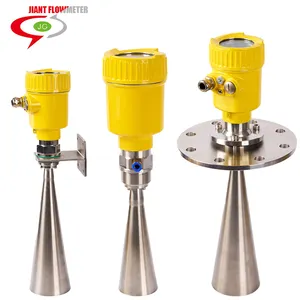

JIANT High Precision Silo Radar Level Guided Wave 76-81GHz Continuous FM Radar Level Meter Radar Level Meter Gauge Transmitter






















Exploring the realm of broadcasting, high power FM radio transmitters stand as pivotal equipment in the dissemination of audio content over vast distances. These transmitters are integral to radio stations and broadcasting networks, facilitating the reach of music, news, and talk shows to a broad audience.
High power FM transmitters are sophisticated devices designed to convert audio inputs into radio frequency signals, which are then broadcasted over the FM band. These transmitters vary in power output, allowing for different ranges of broadcast distances. Users must ensure compatibility with local regulations concerning transmission power and frequency usage.
The application of high power radio transmitters extends beyond entertainment, serving crucial roles in emergency broadcasting and public information dissemination. Features may include advanced modulation controls, temperature stability, and built-in audio processors, enhancing the clarity and reach of the transmitted signal.
Constructed with durable materials, these transmitters are designed for longevity and consistent performance. The advantages of using a high power FM radio transmitter include the ability to cover large geographical areas, making them ideal for urban and rural broadcasters alike.
When selecting a high power FM radio transmitter, potential buyers should consider factors such as frequency stability, energy efficiency, and ease of integration with existing audio systems. It's important to assess the transmitter's specifications to ensure it meets the specific needs of the broadcasting operation.
Operators of high power FM transmitters should adhere to local broadcasting laws and regulations. Responsible usage ensures that transmissions do not interfere with other critical communication channels and services.